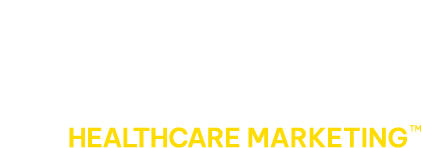Healthcare Digital Marketing Strategies
Healthcare marketing demands precision, not guesswork. Your strategy needs to be as dynamic as your solutions. Wax builds data-driven marketing strategies that transform insights into measurable impact, helping ambitious healthcare brands connect, convert, and dominate their markets.
We'll help you:
- Connect with the right audiences
- Convert prospects into loyal patients, members or partners
- Dominate competitive markets with standout positioning
Our marketing strategy services include:
- Patient & Member Acquisition – Transforming data into precision-targeted campaigns that attract, engage, and convert the right patients.
- Brand Transition & Integration Marketing – Navigating mergers, acquisitions and rebrands with strategies that unify, strengthen, and build trust.
- Customer Retention & Upselling – Turning one-time patients into lifelong advocates with smart engagement and revenue-boosting strategies.
- Professional Audience Engagement – Elevating your B2B presence to forge powerful partnerships and establish industry dominance.
Proven Success with Healthcare Leaders
Our partnership with a leading New York metropolitan hospital increased patient retention by 32% through a targeted remarketing and personalized communication strategy. Read the case study, here.
We also helped an east coast physical therapy client break through the noise, creating a distinctive brand that attracts both loyal patients and top-tier talent. Read the case study, here.
Ready to transform your healthcare marketing from functional to phenomenal? Get in touch with us today.
